Hello! Hello! I’m so excited to kick off this year-long series with you all! Thank you for stopping by for the first of what is certain to be fifty-two weeks of insightful and thoughtful conversation. In the year ahead, I’m looking forward to getting to know more about each of the featured quilters in a meaningful way, as we delve into the heart and soul of why we create. In each of their stories we will find something universal, and yet, uniquely personal. This series is a celebration of the very community that will read it. I hope that as the year progresses, it will provide a permanent place to go when seeking meaningful creative inspiration. Thank you for sharing this journey with me.
xo -Kim
Melanie Tuazon discovered quilting as a creative outlet during a transitional period in her life. She was no longer working full-time as a writer in the media world, but was working full-time at home as a mother to her two boys. Through the wonderful people at her local quilt shop, she learned to quilt, and immediately discovered a new form of art that expressed her creative voice. She has since gone on to teach and speak at numerous guilds and retreats, and will be teaching her “Planned and Unplanned” quilting method at QuiltCon 2018 in Pasadena. She served as the president of the North Jersey Modern Quilt Guild from 2013-2015, and her work has won numerous awards and accolades as well as appeared in numerous publications and shows. If you peruse Melanie’s work, you will notice a distinct progression over time — her quilts have become more intentional, at times political, and undoubtedly meaningful — to reflect the current social climate.
How would you describe your quilting style/aesthetic?
Melanie: I use the phrase “simple and stunning” in my marketing materials, and that’s because I tend to use limited palettes and a unifying principle in my quilts. However, I get bored easily, and quilts take a long time to make, so I try to do something different in each project. Some things that I never get bored of, though, are solids, curves, skinny strips, and improvisational elements. As with any body of work, themes develop as it grows, so maybe more descriptors will reveal themselves as I keep making.
How would you describe the creative environment in your home as a child?
Melanie: My sister and I were exposed to lot of art, but mostly performing arts. Dance, music, theater, writing, and movies were formative culture for us. I read a lot, wrote the shows that we would perform for our family, and danced in competitions and community musicals. In terms of craft, my mom made my Halloween costumes and some special dresses, my maternal grandmother was a knitter, and my aunt JoAnn makes quilts, including the one that inspired me to start quilting.
What artists and makers do you most admire or have an influence on your work?
Melanie: My tastes change and swing back and forth, but I’ve always liked art that creates a visceral response. I like innovators and masters, but a lot of the artists that have influence on me lately are those who share their creative practices and debunk the myth that you have to be inspired to do great work. I listen to a lot of podcasts where people talk about the creative process, usually writing and comedy, and I seek out resources that de-mystify the lives of creative people. It helps me to hear about hard work and regular practice and how normal the negative-feeling parts of creativity are. It makes me a better maker and a better teacher.
I would love to list every quilter that’s ever inspired me, but I would leave one out and regret that. I’m going to mention the ones whose classes I have taken or who have taught me through books or lectures. They are Elizabeth Hartman (who taught me the basics in her first two books), Jen Carlton-Bailly (who de-mystified sewing curves and has become a friend), Sherri Lynn Wood (who helped me wrap my brain around improv and its relationship to design), Heather Jones (who showed me how to be a professional and taught the value of studying historical work), Angela Walters (whose love for her work is contagious), Jacquie Gering (an all-around inspiring human), Melissa Averinos (who helped me see my inner artist and be less precious about my work), Chawne Kimber (who can distill an idea into a beautiful, powerful quilt), Timna Tarr (who talks about making for oneself) and Sarah Bond (who teaches me about regular practice, human nature, and feeding the need to make).
Do you consider yourself a quilter, an artist, or some combination of both?
Melanie: It depends on the intention of the project. Some quilts are utilitarian blankets, and some are art pieces. Some are both. When working on artistic quilts I think of myself as an artist whose medium is fabric. I did have a hard time thinking of myself as an artist until one of my quilts hung in a museum. That gave me the external validation I needed. [Ed. Note: Flounce hung in the San Jose Museum of Quilts and Textiles.] In 2017, I made comfort objects out of my feelings of uncertainty and anxiety. Their utilitarianism is part of the idea, turning pain into something soft.
How would you define “making with intention”?
Melanie: I use my sewing time for meditation. I think about a person or an idea as my hands stay busy. It forces me to be present and pay attention to my stitches, and when my overactive or anxious brain kicks in, I bring it to my intention. I find that it really makes a gifted quilt special to sew my feelings about the person into the stitching, and I find that I am able to focus the idea of an art piece and self-critique as I work on it.
Do you think that having a craft makes us more compassionate? If so, then how?
Melanie: Absolutely. Making something gives me more appreciation for how the objects in my house came into existence, and it makes me think about the workers and makers in the world who share a skill and work with their hands. I also find that the creative process, no matter the craft, is a force that connects artists to one another. I have had amazing conversations with writers, painters, potters, and musicians about common feelings within the creative process. Quilting, especially, is a craft that connects us to generations of women who have wanted to warm their family members, combine colors or patterns, or make political statements. It’s an empathetic practice in so many ways.
How does creating feed your soul/spiritual purpose?
Melanie: This is a huge question. My purpose is self-knowledge so that I can accurately balance who I am with who I want to be. When I make something, I have to ask myself a lot of questions. Do I like what I’m making? Why or why not? Am I proud of this work? Did I really push myself? Did I say something worth saying? How will I feel if I share this work? By examining my work and dedicating myself to my practice, it deepens my self-knowledge. In turn, I can take my self-knowledge and customize my practice to give myself whatever may be lacking in my day-to-day life. If I’m craving structure, challenge, freedom, action, or beauty, I can find any or all of those things in my creative life.
Are there any rituals that you perform to prepare/ground yourself in your work?
Melanie: Only if I’m free motion quilting. I clean my space and machine, then treat myself to sweet coffee or coffee milk for a little sugar buzz and help focusing. Otherwise, I take each session as a unique challenge.
What is the support system you have in place for creating your work?
Melanie: My husband is amazing at checking in with me to make sure I’ve had sewing time, especially because we have two young sons. My family asks about my quilts and appreciates if I make them something. I have a wonderful guild for learning new things and meeting up in person, and I’ve met some of the most inspiring and supportive humans through my blog and Instagram. I’ll talk to those friends if i’m stuck, need to vent, or want to celebrate a success.
How do you deal with comparison to / envy of others? Can you describe a time when you used comparison/envy/admiration to push yourself in your own work and self-discovery?
Melanie: I try to use feelings of jealousy as a motivator. I ask myself how that person got something that I wanted, or how they made something I wish I had made. Usually it means that they worked harder, or perfected a skill, and that pushes me to keep growing. Sometimes the envy has to do with something I can’t change, and so I try to be happy for that person and keep myself open to serendipity.
What was the most challenging thing you ever made?
Melanie: I usually try one new technique per quilt, but on Window no.1 I tried at least four (freehand curves, mixing substrates, hand quilting, and matchstick quilting). I worked on that quilt for nine months and put at least 80 hours into just the matchstick quilting in the center. I got so frustrated but learned that anything worth being proud of is also worth the effort, and that the effort makes it more special.
What does it mean to you to work in a traditionally domestic medium that historically has been regarded as predominantly female (aka “women’s work”)?
Melanie: It has made me a better feminist. Through quilting I have met truly brilliant women, and I have also experienced the reactions of people who show their own disregard of “women’s work” when I talk about my work (I admit that I used to be one of those people). I designed and made a collaborative quilt called Women’s Work that addresses this very topic– using domestic practices to talk about breaking the metaphorical glass ceiling and the experiences of an intersectional group of quilters in the age of the 45th American president. It also fills me with so much respect and admiration for quilters throughout history.
How do you see your current work in the context of quilting history?
Melanie: I am a textbook “modern quilter” in that I learned so much of what I know from online sources and have shown quilts at QuiltCon. I am proud to be included with artists that I admire and who taught me so much in MQG shows and literature. I still think of myself as a relative newbie, though.
Thank you, Melanie! What an amazing start to our year! To learn more about Melanie, visit her blog Mel in the Attic, or find her on Instagram.
Would you like to be featured in The Creativity Project? Reach out! I’d love to hear from you! Contact me. Want to participate, but not necessarily be featured? You can do that! Click here to take the survey!
The Creativity Project can be found on Instagram, Pinterest, Twitter or Bloglovin’. Or sign up for my newsletter to receive The Creativity Project in your inbox.
SaveSave
12 Comments
Comments are closed.

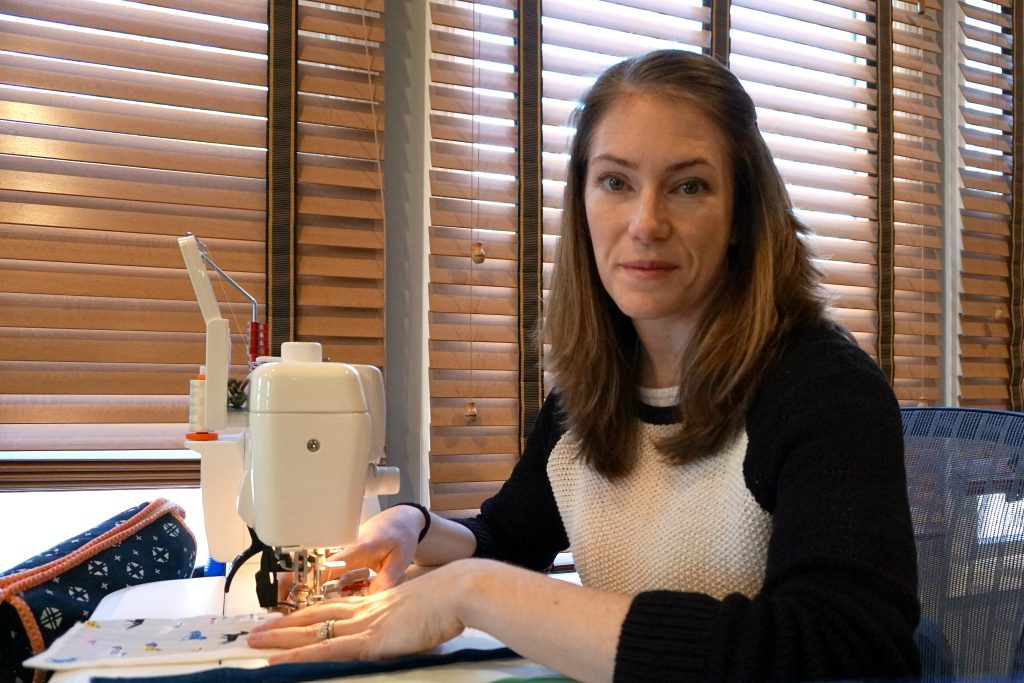
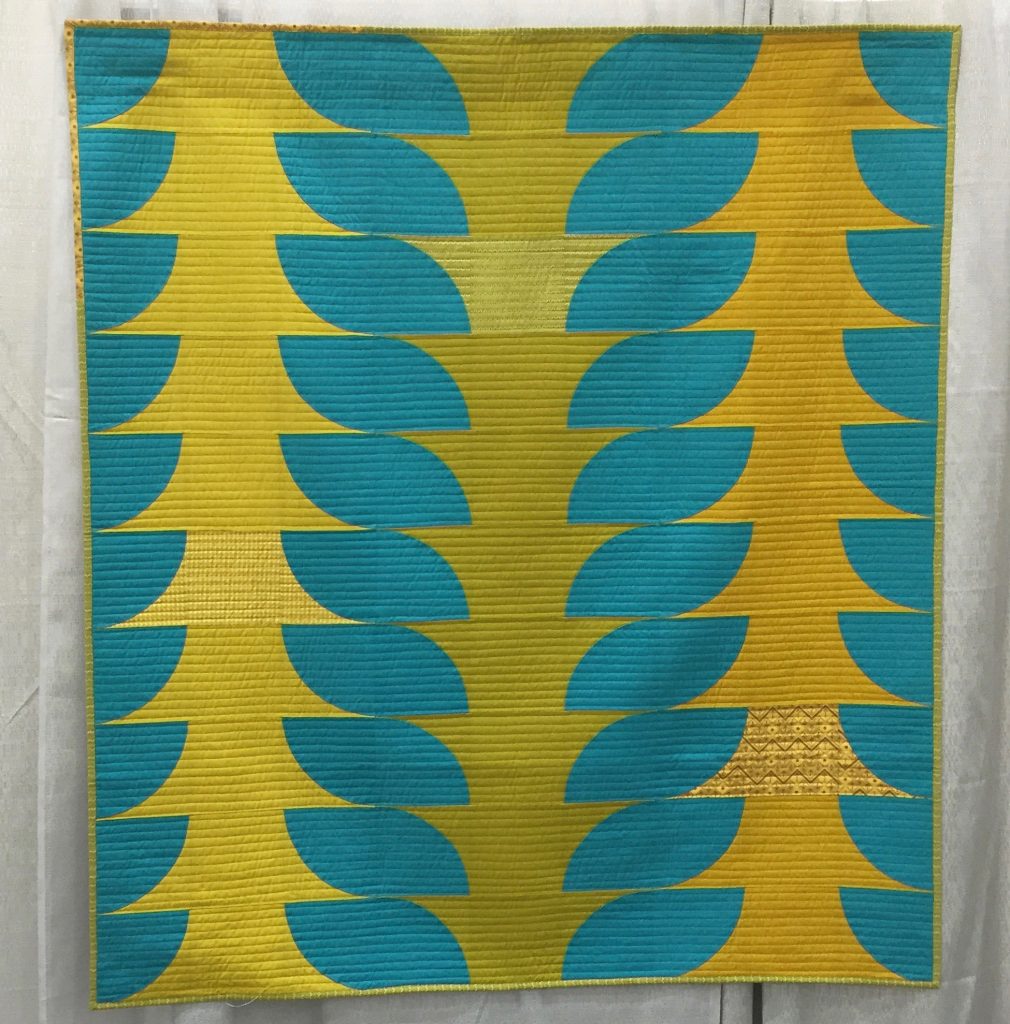
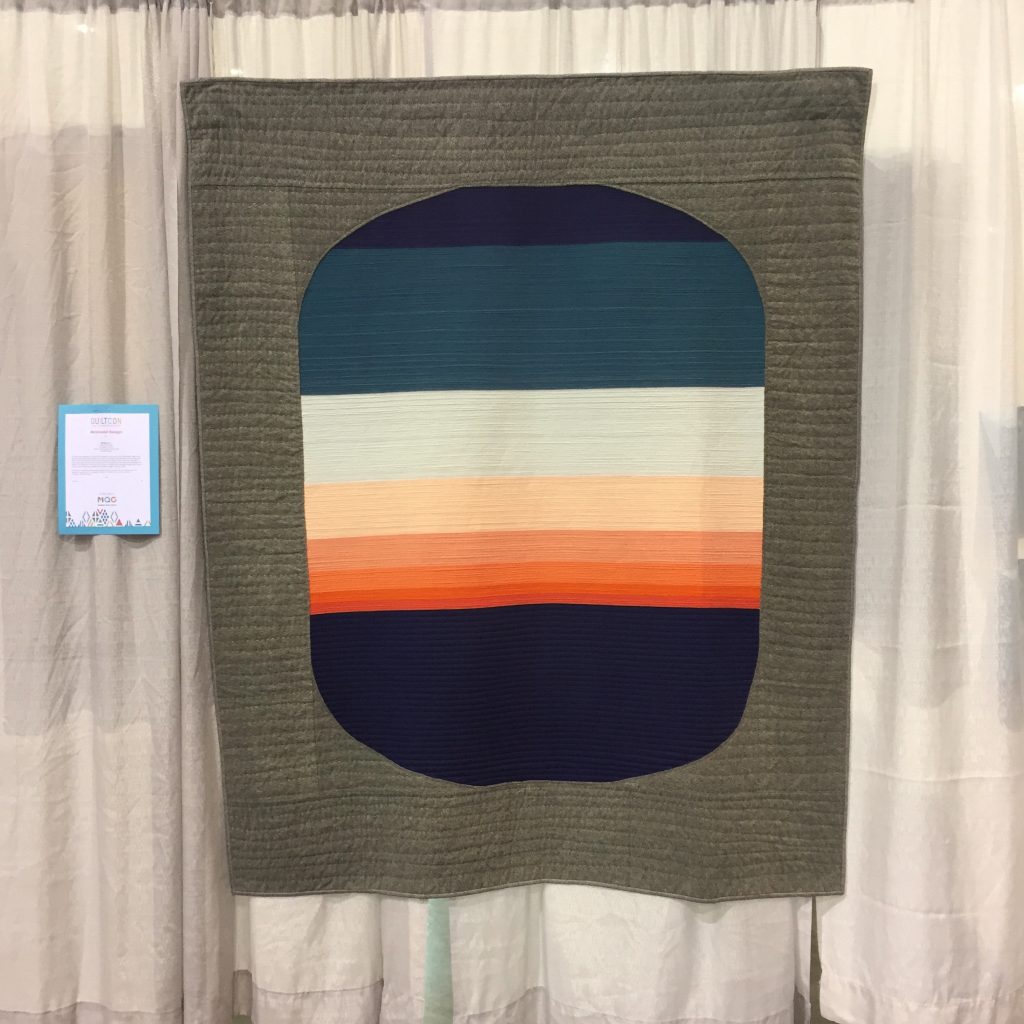
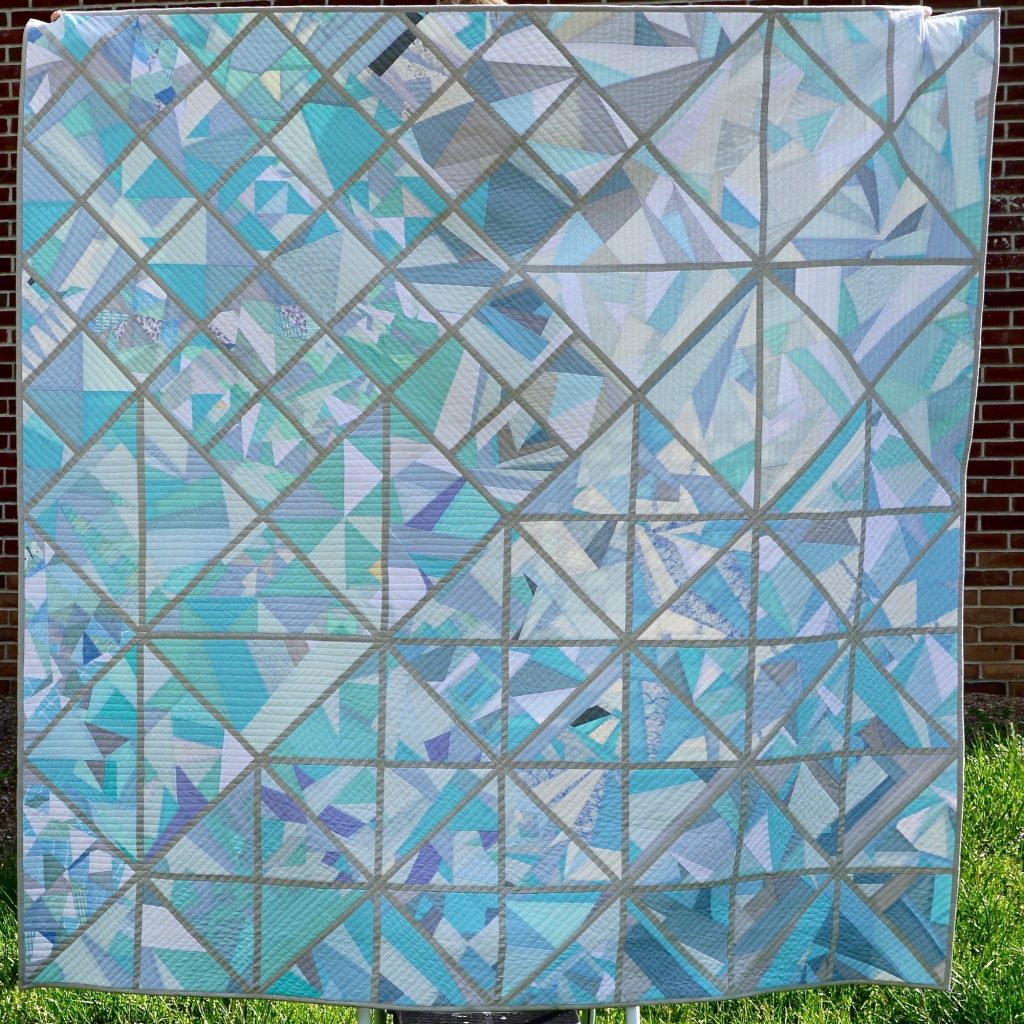
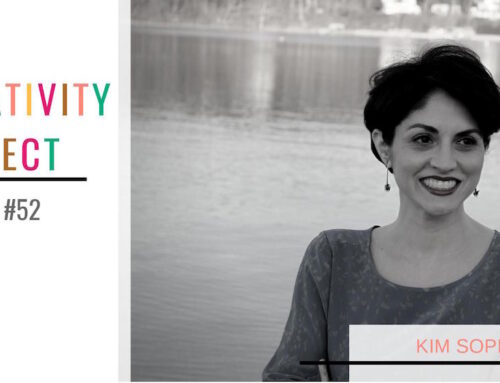
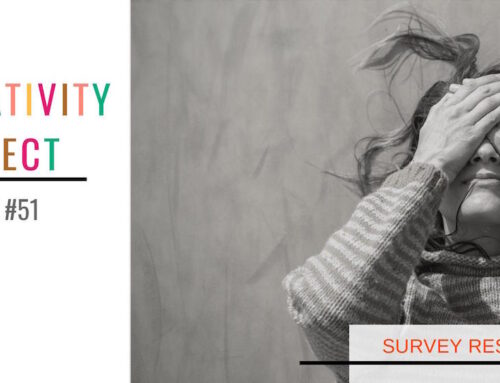
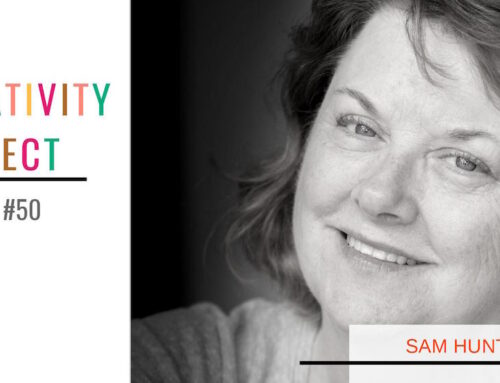
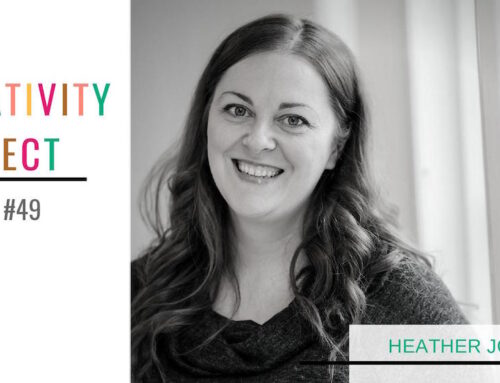
Melanie’s interview was a wonderful way to start your project! I admire her growth, transparency, and honesty that she shares about her work. I am looking forward to this series, Kim, and excited that you envision it running all year.
This is going to be a fun series to read. I enjoyed this first interview with Melanie! Congratulations on your new venture!!
Thanks, Sarah!
Wonderful interview! I’m really looking forward to thisseries and I love that it’s year long. Thank you for all your hard work putting this together!
Thank you, Deb! I appreciate the kind words of support!
I look forward to seeing the layers, the strata, of different approaches and thoughts, in all these very intriguing aspects of our art and craft that you have so thoughtfully pulled up and together! Thank you!
I really enjoyed Melanie’s interview. I look forward to this series not only to listen to others ideas and perspectives but to take those thoughts and ideas and examine my own in relation to those topics. Looking forward to spending the year following this series.
Thank you, Ginny! I am so happy the concept resonated with you. Looking forward to a great year ahead!
Love this idea, Kim. It’s always so interesting to hear others’ thoughts on their creativity and what it means to them.
What a great project! These are fun to read :-)
What a great series! I think about inspiration and creativity a lot, mostly in fits and starts and relating to a specific piece or moment. The thoughtfulness applied to the question by these two women, both of whom I’m fortunate enough to know, provides a richly palpable answer to the maker’s daily and lifelong question.
I love this personal look into Melanie’s work and creative process. I think the best take-away for me is the reminder that creating is a discipline. If we wait for that “ah ha!” moment to come, we may be waiting a lifetime. Create today. Create often. (Amen!)